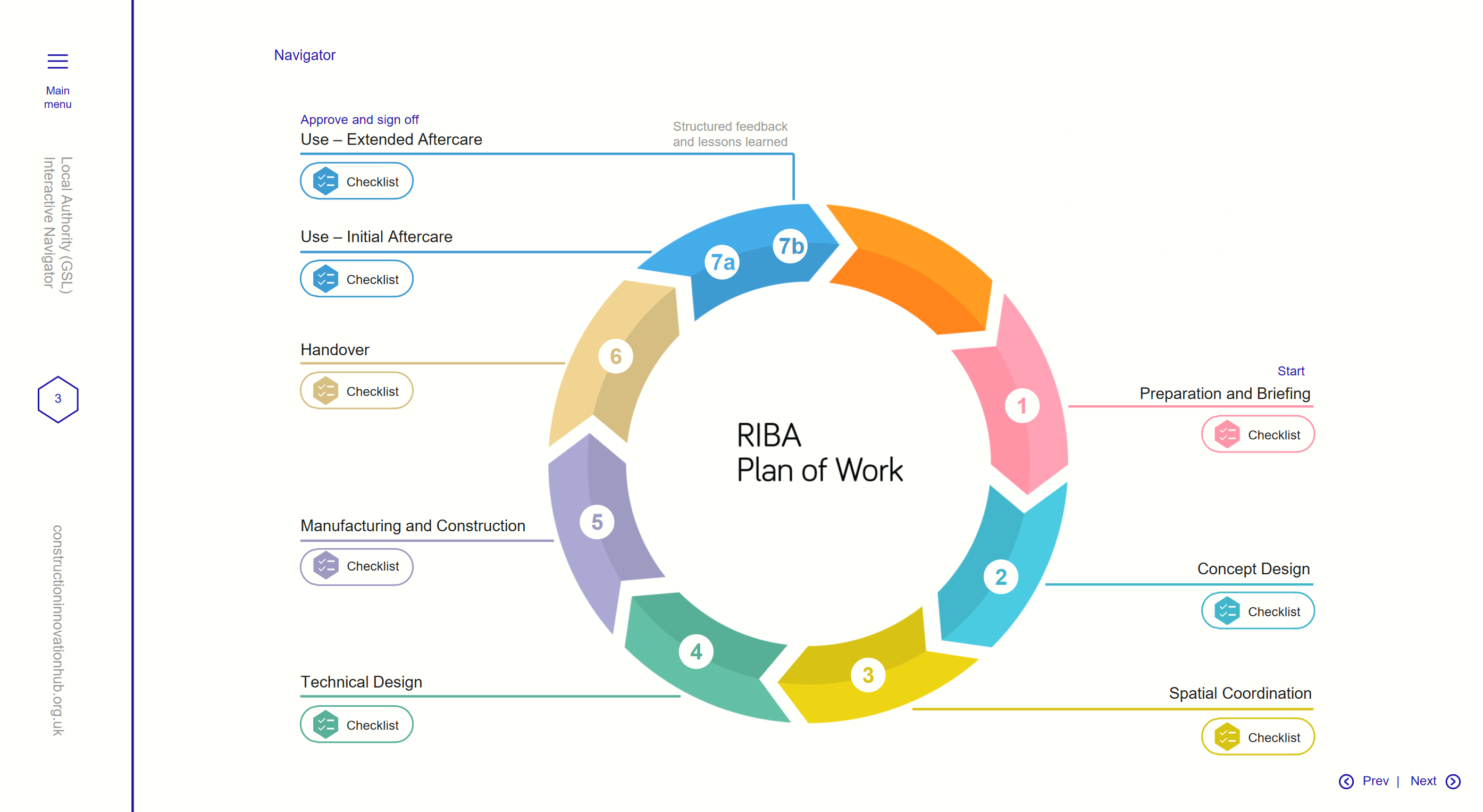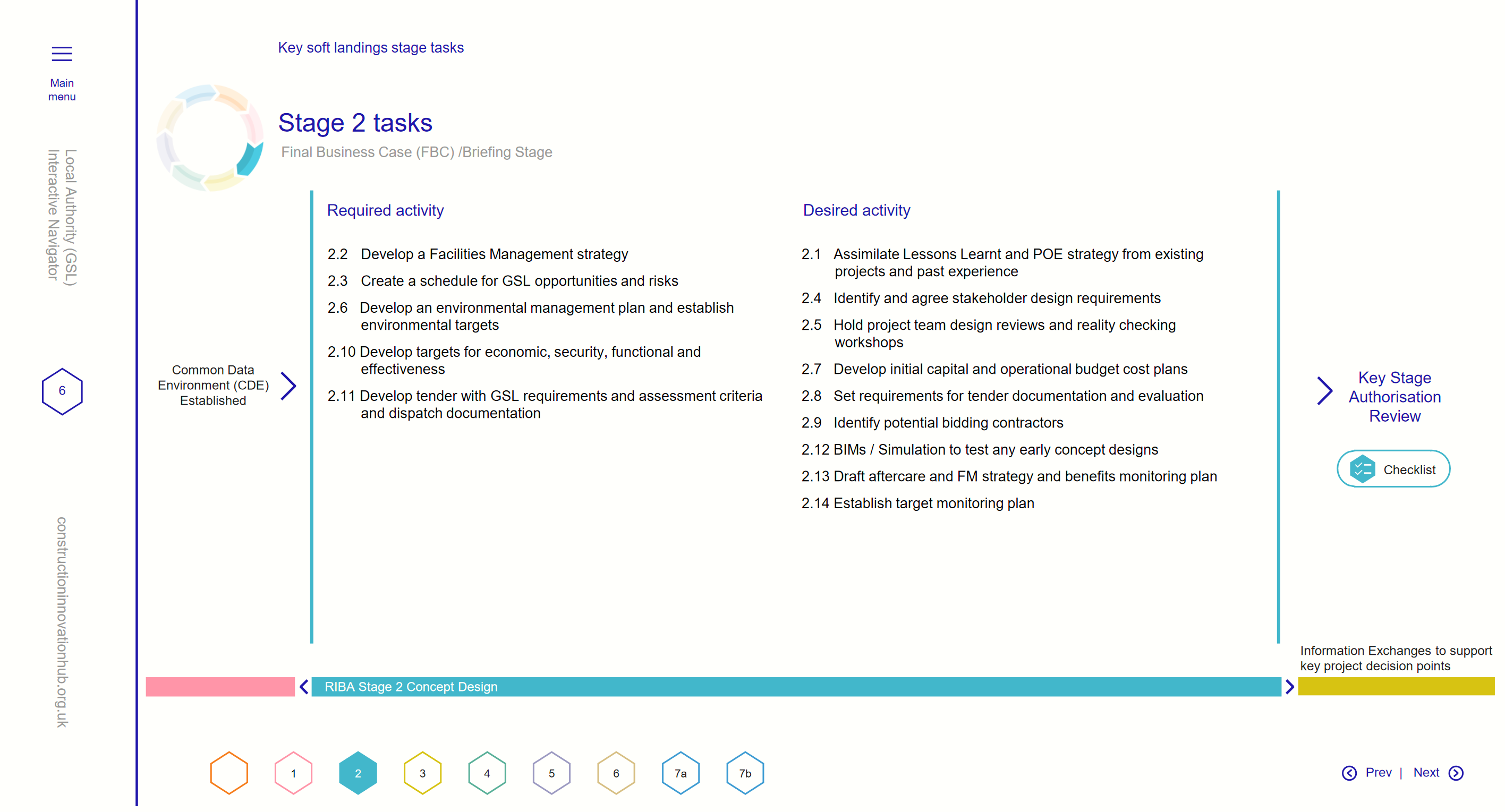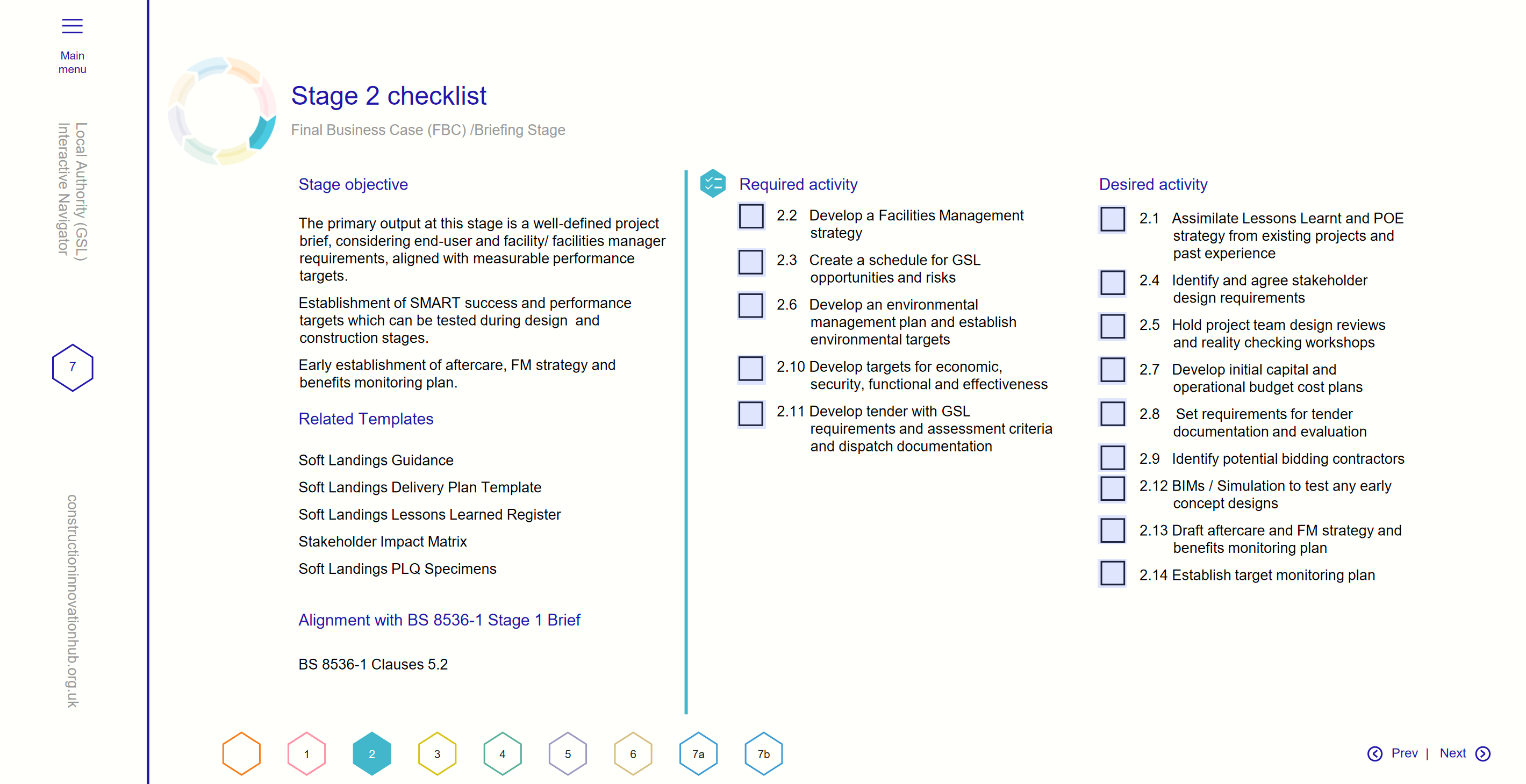
The need to improve the value offered by the construction and life of built assets is a key objective of the UK's Government Soft Landings (GSL) document that was published in 2016, the specific aim of which is to align 'the interests of those who design and construct an asset with those who subsequently use it'.
The term soft landings is used to refer to the smooth transition needed between the design and construction phases and the operation of a built asset. Combined with post-occupancy evaluation, the success of a soft landing is determined by comparing the required performance with actual outcomes. Importantly, it reminds us that we design and construct to ensure the effective performance of our built assets.
GSL, a requirement on centrally-procured government projects, supports a structured and consistent approach to the construction and management of assets by focusing on operational requirements from the outset of a project.
By setting and monitoring environmental, social, security and economic performance targets from early stages – as well as testing these digitally through information exchanges between, for example, the contractors, designers and the appointed party – we can also ensure that these assets are productive and provide value for money for the client and, on public sector projects, the taxpayer.
In order to encourage adoption and application of GSL in the public sector, the Construction Innovation Hub published the Local Authority Government Soft Landings Interactive Navigator in May this year, with support and input from the Local Government Association (LGA) and the National Association of Construction Frameworks (NACF). The navigator is supported by tools developed by the Centre for Digital Built Britain's Local Authorities Working Group.
How the soft landings navigator works
The interactive navigator offers an out-of-the-box GSL task-by-stage approach based on the RIBA Plan of Work, as illustrated in Figure 1. A local authority can refine this approach to meet its own requirements.

By way of example, Figures 2 and 3 illustrate typical tasks and a checklist for stage 2, the final business case/briefing stage. The primary output at this stage is a well-defined project brief, considering the requirements of the end user and facilities manager, aligned with measurable performance targets.
A task list – including tasks required by the GSL guidance and those based on industry best practice – as well as a checklist are provided in the interactive navigator for every stage. Each task can be ticked off once done.
The GSL guidance for local authorities, in conjunction with the master GSL guidance, provides more detailed information on setting outcomes and measurement criteria.
David Philp FRICS is impact director at the Construction Innovation Hub
Contact David: LinkedIn
Related competencies include: Managing projects, Works progress and quality management


